The Software Design Pyramid is a concept that helps software developers to understand and prioritize the various elements that make up a well-designed software system. The pyramid has four layers, starting with the foundation of the software, which is made up of the underlying infrastructure and technical requirements. The second layer is made up of the functional requirements, which describe what the software should do and how it should behave. The third layer is the user experience, which focuses on how the software should look, feel and interact with the user. The top layer of the pyramid is the code quality, which deals with issues like maintainability, performance, scalability and security.
The design pyramid helps software developers to understand that each layer is important and that a balance must be struck between them. For example, a software system may have a beautiful user interface, but if the underlying code is not maintainable or scalable, it will not be successful in the long run. Similarly, a system with a strong foundation and well-designed functional requirements, but a poor user experience, will not be successful in today’s market where user experience is a key factor in software adoption.
To achieve a good software architecture, developers must balance the needs of each layer of the pyramid. They must start by understanding the underlying technical requirements, such as system performance and scalability, and build a foundation that will support the other layers. Once the foundation is in place, the functional requirements should be designed and implemented, taking into consideration the user experience and code quality.
Best practices for software design include following established design patterns, writing clean and maintainable code, and ensuring that the architecture is flexible and can adapt to changing requirements. Code should be reviewed and tested thoroughly, and security should be a top priority.
In addition to the design pyramid, there are other important concepts that software developers should keep in mind when designing software systems. One of these is separation of concerns, which means that each component of the system should be focused on a single task and not try to do too many things at once. This leads to a more modular and maintainable codebase.
Another important concept is modularity, which refers to the idea that the system should be broken down into smaller, reusable components. This allows developers to make changes to one component without affecting the rest of the system, making the code easier to maintain and enhance over time.
In conclusion, the software design pyramid is a useful concept that helps software developers to balance the various elements that make up a well-designed software system. By following best practices, such as separation of concerns and modularity, and by keeping the design pyramid in mind, developers can create software systems that are functional, usable, scalable and secure.
More keyword on Software design
Architecture patterns
Design patterns
Design principles
Basic concepts of OOD


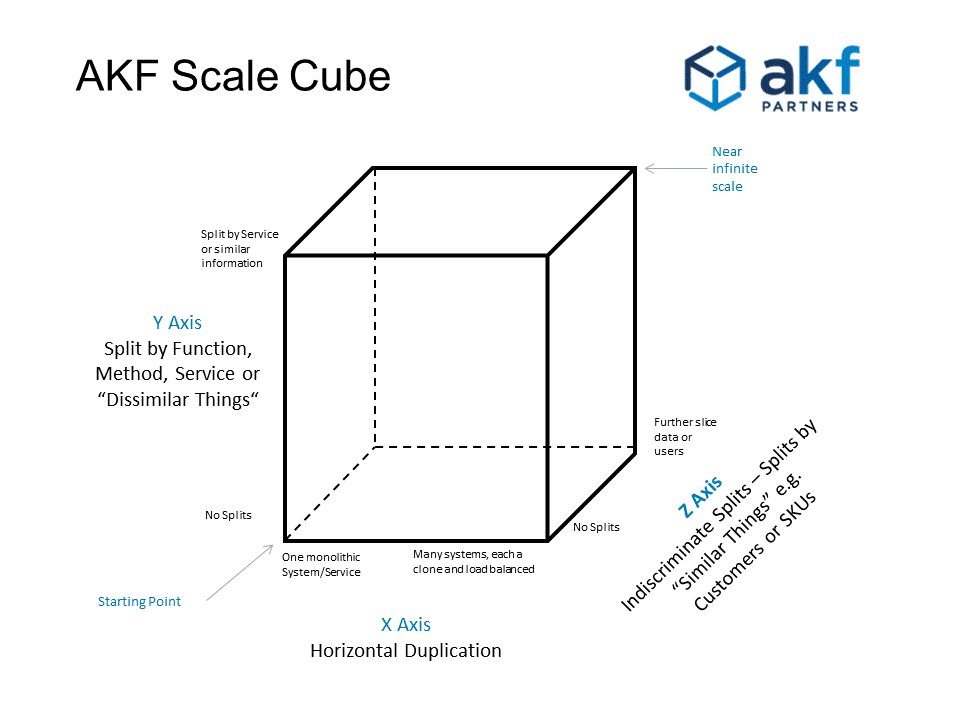
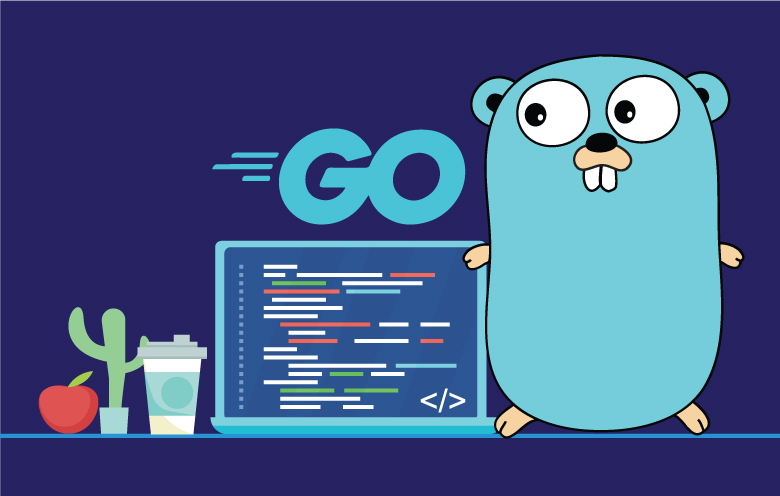
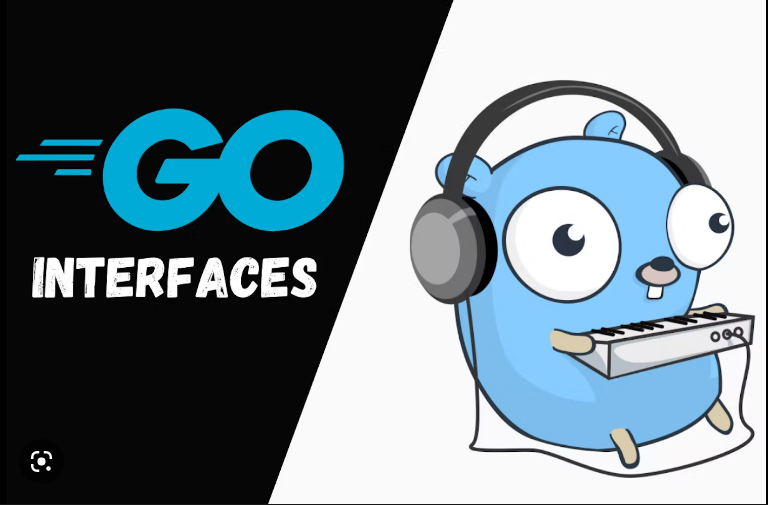
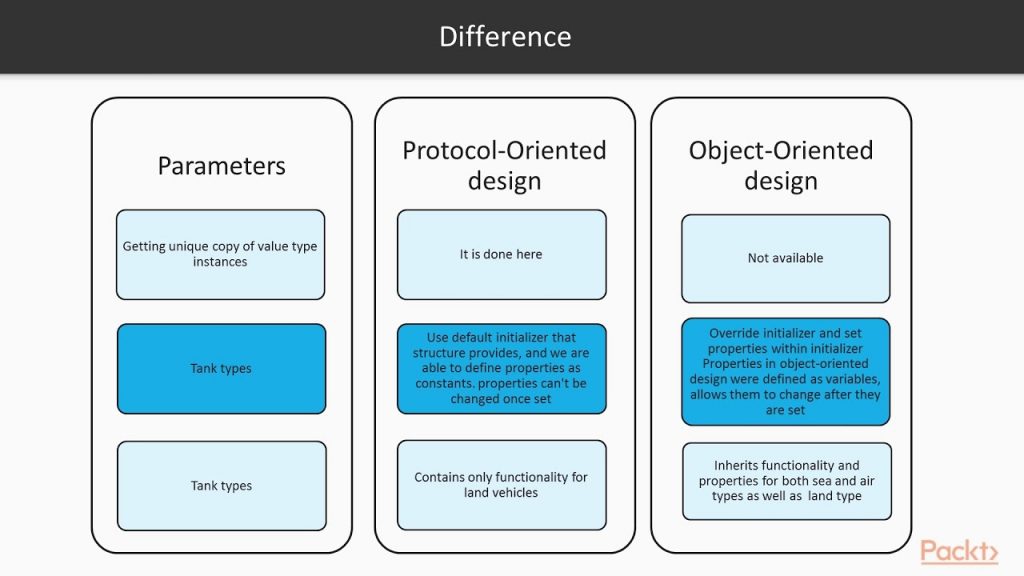
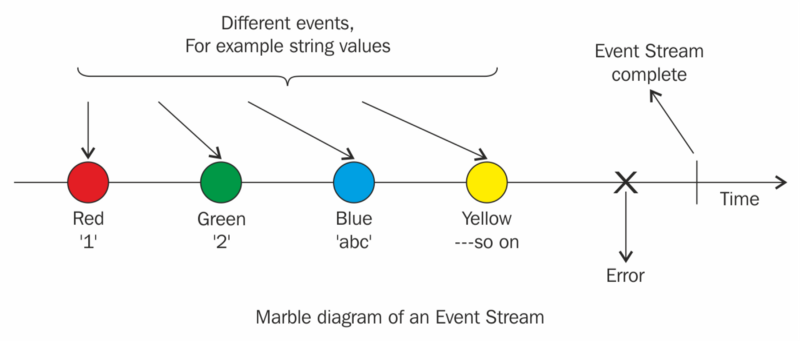
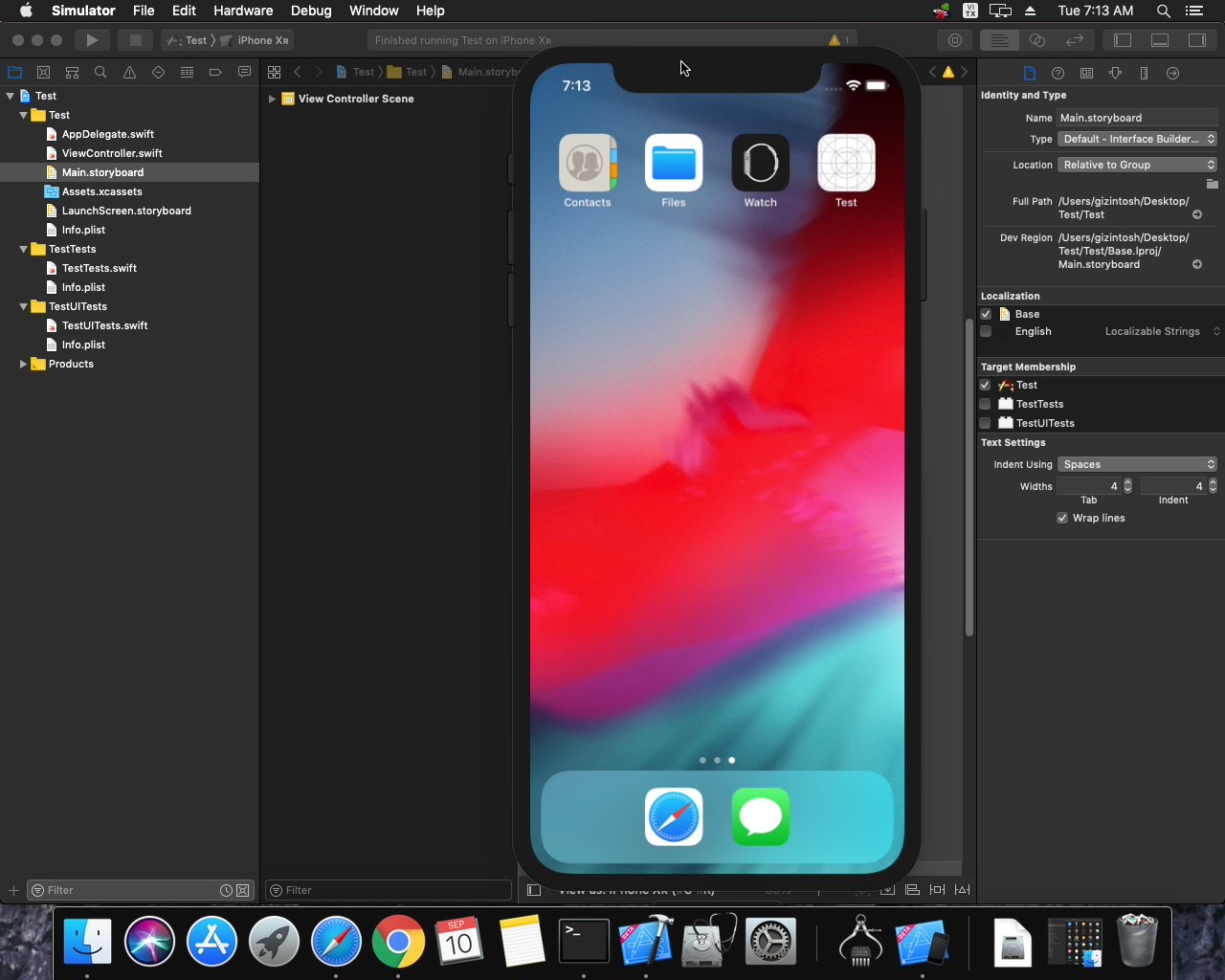
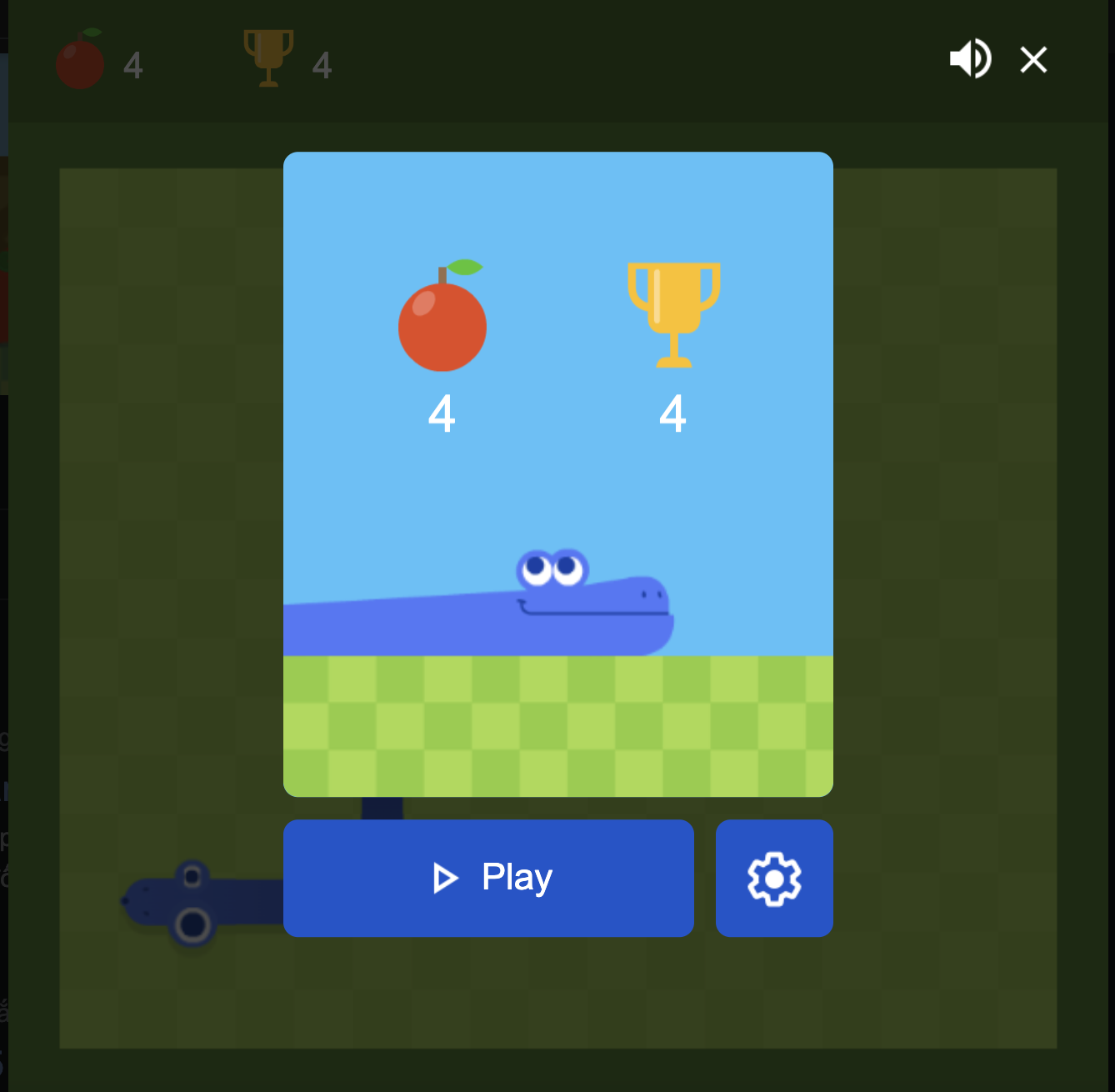 Khoá học lập trình game con rắn cho trẻ em
Khoá học lập trình game con rắn cho trẻ em 


